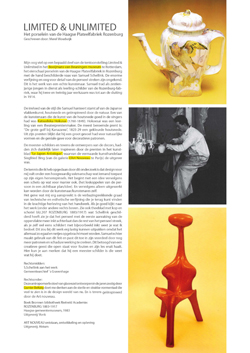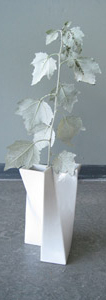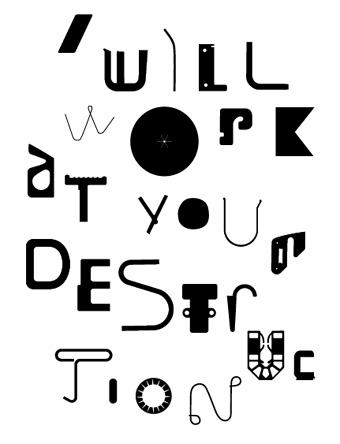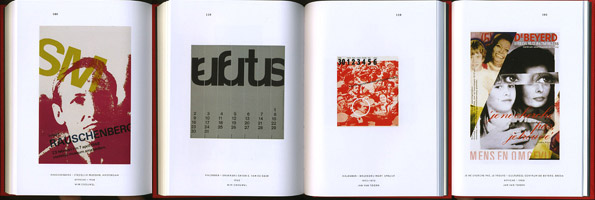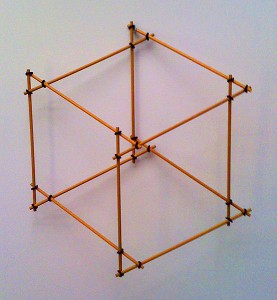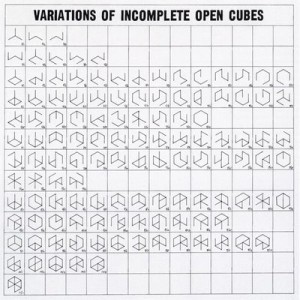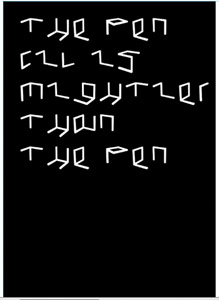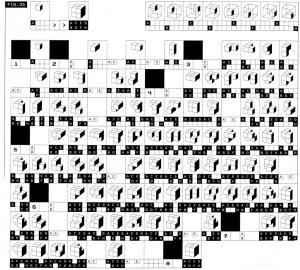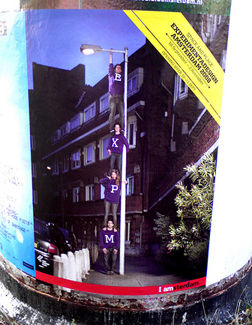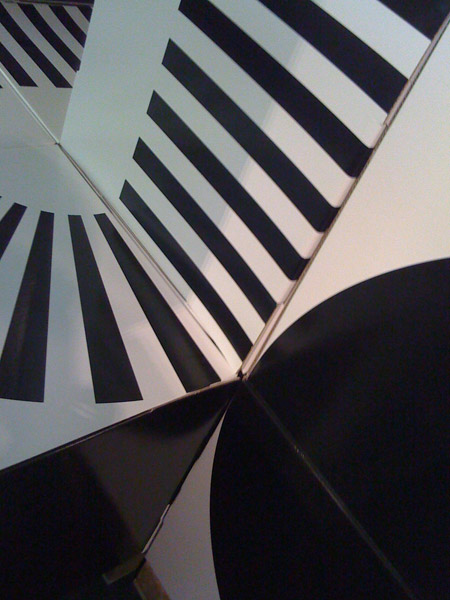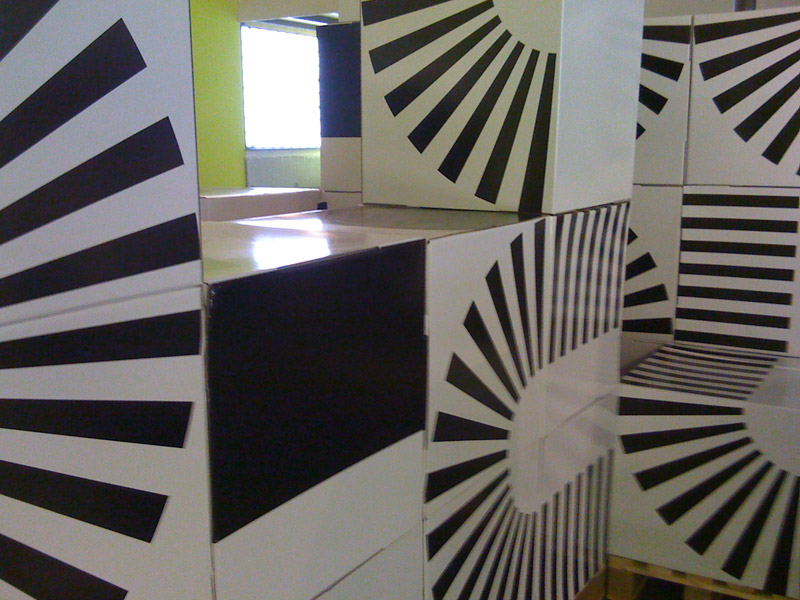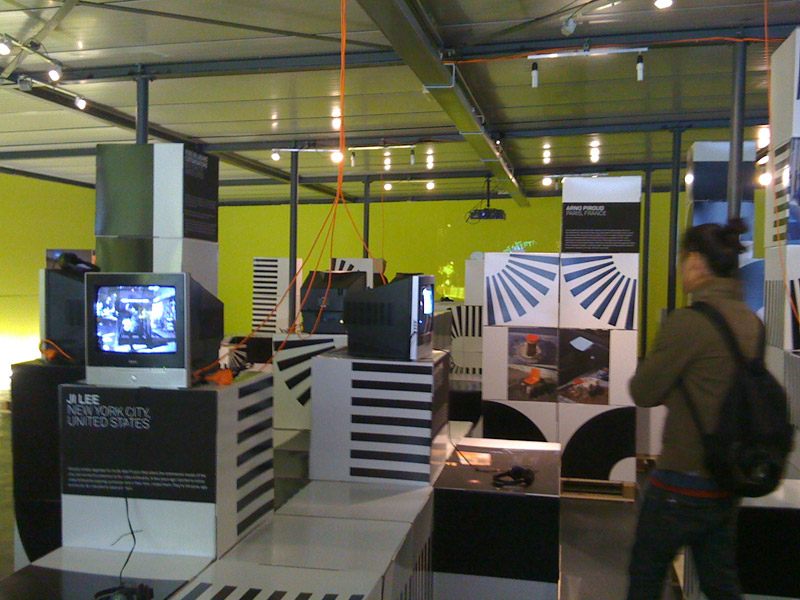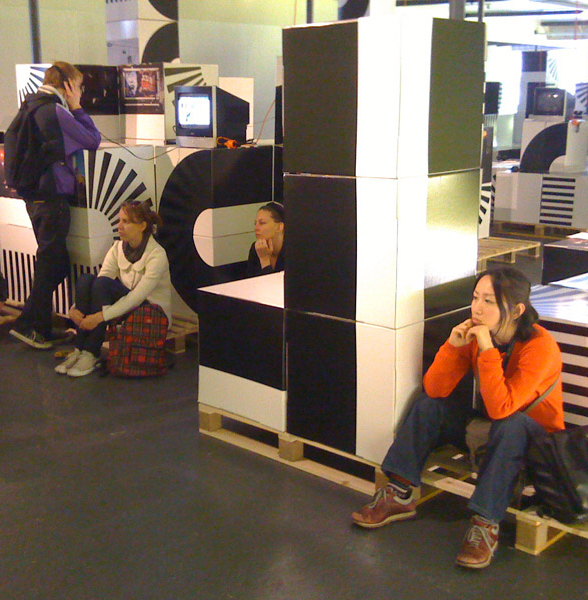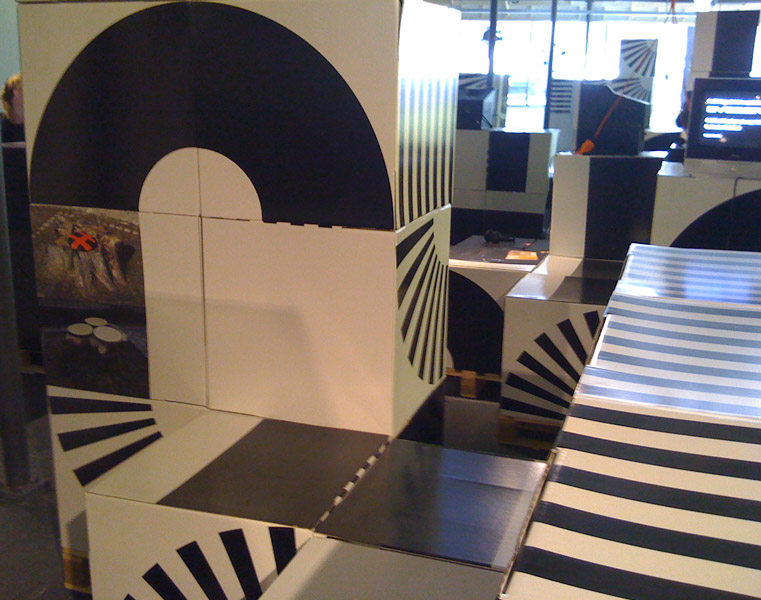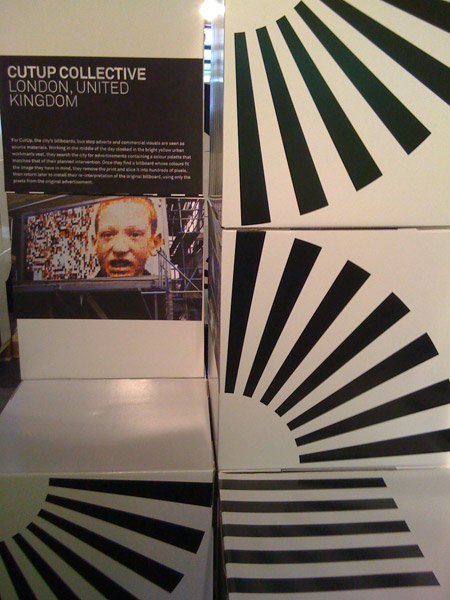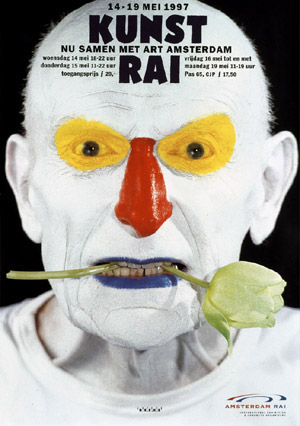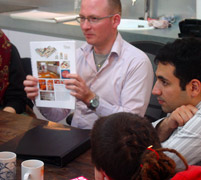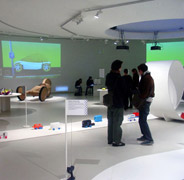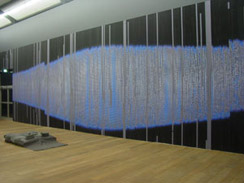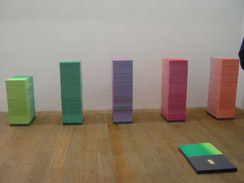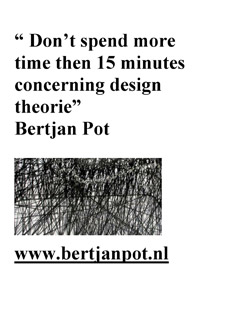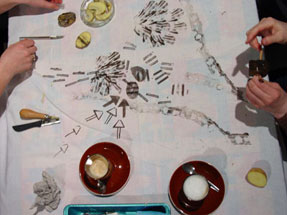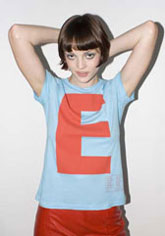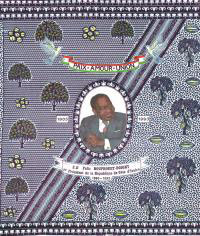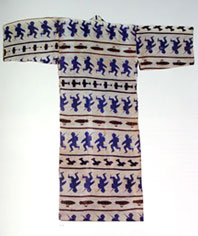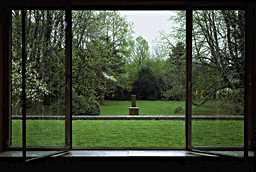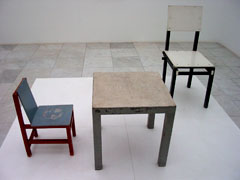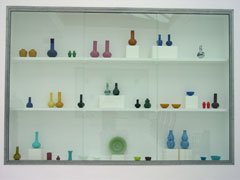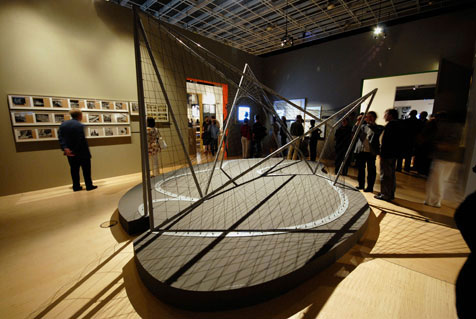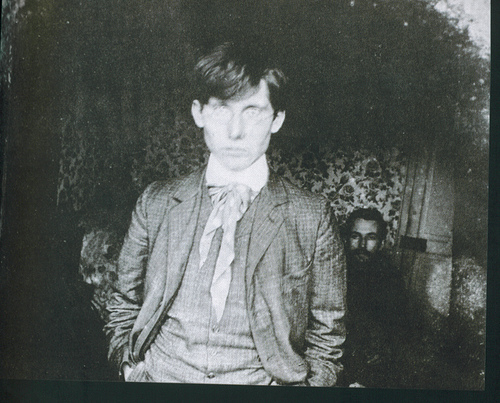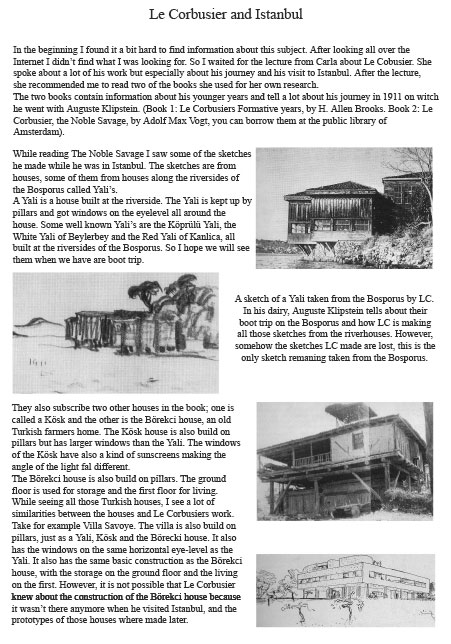Starting of a new academical year of design theory and research with an investigation theme like Unique versus Serial could not have been better. Chosing from a wide variety of design objects exhibited in “Limited/Unlimited, 100 years of Dutch design presented us with the unique opportunity to get an inside in the position of the designer during the last 100 years in the Netherlands. A characteristic of Dutch design is the coexistence of these unique objects alongside serial production, concept alongside industrial reproduction. “Goed in vorm“, 100 years of design in the Netherlands: by Mienke Simon Thomas (curator of decorative art and design at the Boymans Van Beuningen Rotterdam) was acquired by the library and provide us with a lot of interesting background insight.
The question was simple. Choose an object and find out what the position of the designer was in relation to our theme Unique versus Serial .
research: Samuel Schellink /vaas: Jan van der Vaart /research: Corné Gabriels
All those choices resulted in a colourful collection of investigations into the object’s background and the motives of their creators. Available in downloadedable pdf the students present: “Martin Visser, designer or collector“, “Starting with Anton Kurver’s Mailbox“, “Bruno Ninhaber, Stay Limited To Be Unlimited“, “Wim Gilles Dru Kettle“, “Wim Crouwel The Objective Functionalist“, “Adolf Le Comte, A Unique Mocca Set“, “Corné Gabriels, Not Your Average Fashion“, “Marcel Wanders, Knotted Design“, “Jacob Jongert, An Artistic Individualist“, “Limited-Unlimited, The Haque Plateel/Rozenburg“, “Jurgen Bey, A Narritive Structure“, “Jan van der Vaart, A Vase Is For Flowers“.
At the same time VIVID design galery presented a show of “Art Design“. A new phenomena that underlined the intriguing autonomous position of Dutch designers and design, making an on the spot discussion posible about art and design, commercial versus cultural or concept and functionalism. linked article Herald Tribune: Whatever ‘design-art’ is, it’s thriving ©2008
